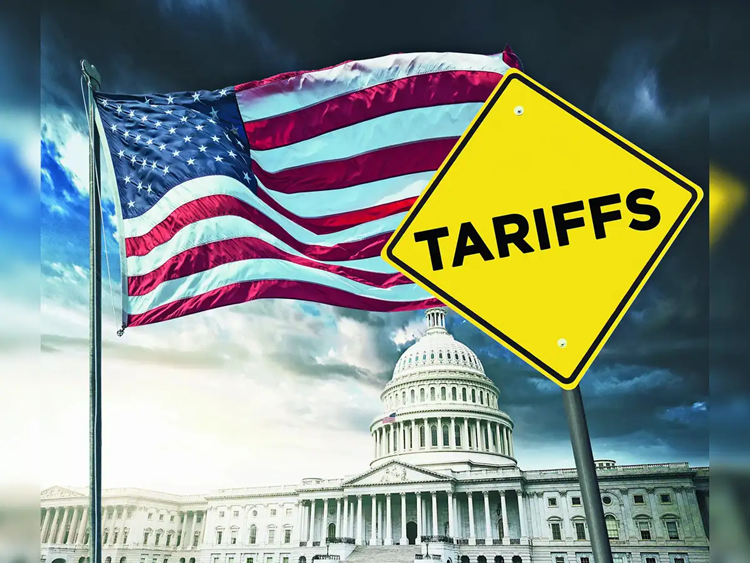
The apparel industry, like many others, is experiencing a paradigm shift in its export dynamics to the US. Driven by factors like rising costs in traditional hubs, changing consumer preferences, and geopolitical tensions there is a shift towards new players and product categories. This shift is driven by many factors.
Diversification on the rise
While China remains the dominant player, its share has shrunk from 42 per cent in 2019 to 35 per cent in 2022 says OTEXA data. Vietnam (20 per cent), Bangladesh (17 per cent), India (7 per cent), and Mexico (5 per cent) are gaining ground, driven by factors,
Rising production costs is a major factor. As labor costs in traditional apparel manufacturing hubs like China are increasing, they are becoming less competitive. Also, the ongoing trade war between the US and China has disrupted supply chains and encouraged diversification. And deals like CPTPP and TPP (TPP-11) benefit Southeast Asian nations. Consumers too are increasingly demanding sustainable, ethical, and locally-made products. Vietnam's impressive growth for example is attributed to its lower labor costs, trade agreements with the US, and focus on attracting foreign investment. And automation and digitalization are changing production processes and logistics.
Table Top Apparel Exporters to the US (Value in Billion US$)
| Country | 2022 | 2021 | 2020 | Change (2020-22) |
| China | 57.0 | 64.4 | 56.0 | +1.7% |
| Vietnam | 32.1 | 32.6 | 25.4 | +26.4% |
| Bangladesh | 27.5 | 22.6 | 19.5 | +41.5% |
| India | 11.1 | 12.6 | 10.5 | +5.7% |
| Mexico | 8.5 | 8.4 | 6.6 | +28.8% |
Product Diversity: Beyond the Basics
Within categories too there is a shifts. Menswear for example has seen more athleisure and casual wear, driven by work-from-home trends. In women’s wear too athleisure, sustainable fabrics, and personalized styles gain traction. Dresses, tops, and jeans continue to be popular, with increasing demand for sustainable and ethical fashion. And in kidswear the focus is on comfort, playfulness, and sustainability. Eco-friendly fabrics are driving growth.
Knitwear remains the largest category, but faces competition from athleisure in other segments. Denimwear witnesses consistent growth, led by demand for sustainable and innovative denim. Outerwear experiences a significant jump, likely due to changing weather patterns and increased outdoor activities.
Segment Focus: Premium takes the lead
Premium and value segments saw contrasting fortunes. Premium category grew 12 per cent in 2022 as per Euromonitor, driven by rising disposable incomes and demand for quality products. For example, Patagonia, a US-based premium outdoor apparel brand, showcases the success of ethical and sustainable practices. Its commitment to environmental responsibility resonates with consumers and drives strong growth. Value segment on the other hand declined 3 per cent due to inflation and consumer shifts towards quality over price.
Future outlook
The US apparel market is expected to reach $335 billion by 2025. The key trends shaping the future include:
Shifting sourcing: Southeast Asian countries like Vietnam and Bangladesh will likely continue to gain market share.
Focus on sustainability: Consumers will prioritize eco-friendly materials and ethical production practices.
Direct-to-consumer (DTC) models: Brands will increasingly sell directly to consumers, bypassing traditional retail channels.
Personalization and customization: Consumers will demand more personalized products and experiences.
Note: Data collated from various sources












